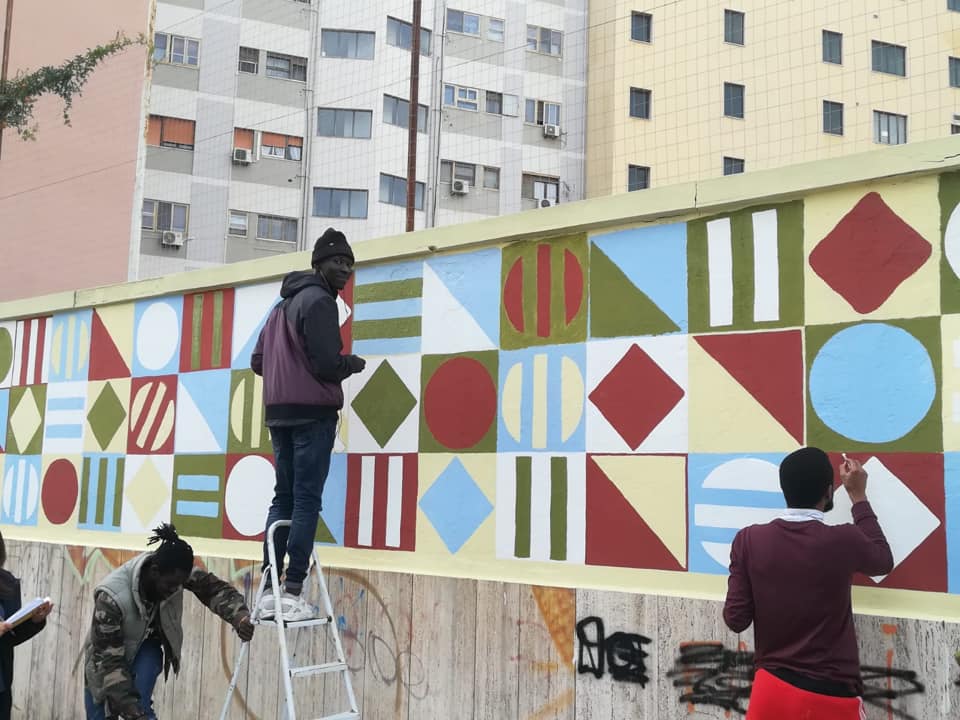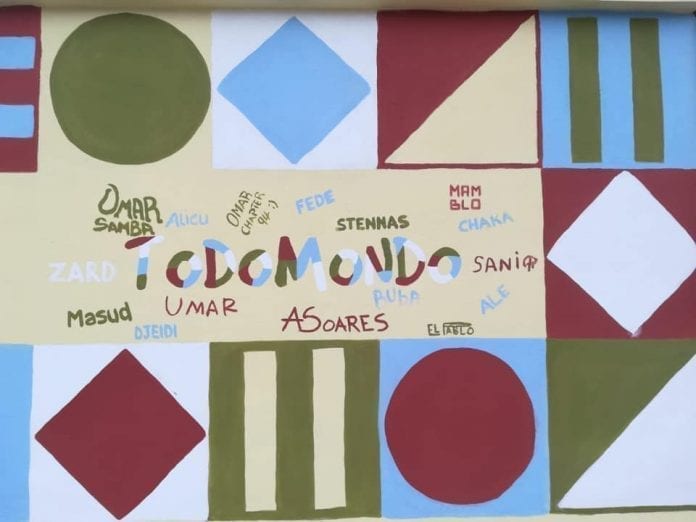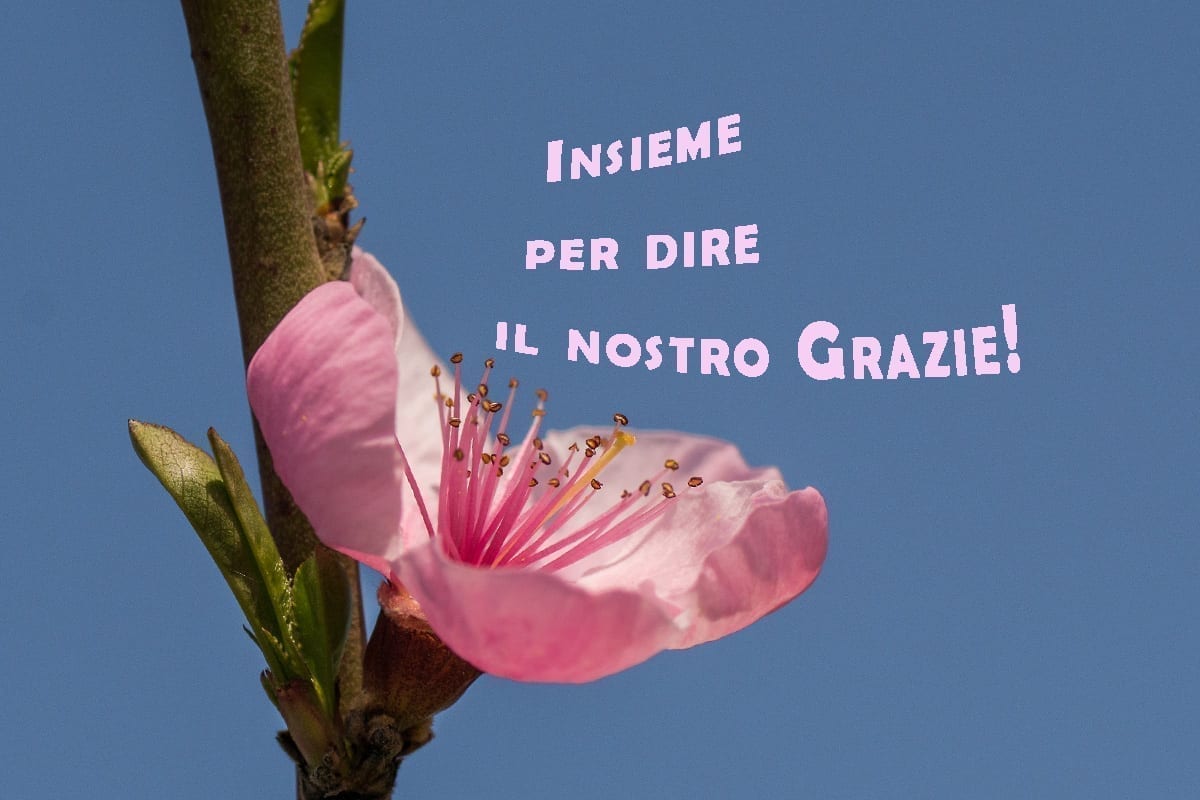Cagliari (Italy). The Operational Program ‘Cumentzu‘ for the social inclusion of immigrants present in the area, financed by the Sardinia Region, is coordinated and implemented by CIOFS/FP Sardinia, in St. John Bosco Province (IRO).
On 26 November 2019, after the first part of information and welcome of the young participants, interventions were begun aimed at the inclusion of the Project ‘Tottus impari’ with the activation of four thematic workshops.
Coendi: workshop and cooking class on the Sardo- Mediterranean cuisine
The young people, guided by some experts in this sector, put their hands into the dough, learning how to prepare fresh pasta and bread, typical of Sardinia, thus knowing about the main products of Mediterranean food and the traditions of the environment that is giving them hospitality.
Cultural Memory as collective identity
The young immigrants visited Museums and typical places of Cagliari, Barumini, and Sant’Antioco, appreciating the local history and beauty.
Web Doc: Baggage – Cagliari, stories of possible inclusions
The young people, assisted by experts, made a documentary in which all those who work for the reception of immigrants in Sardinia intervened, from the operators of the Reception Centers and the Sprar, to the Diocesan Caritas, to the workers of CIOFS / FP Sardinia. For the realization of the interviews, all the young people got involved, telling and sharing with each other, bringing out all the difficult and painful experiences they have lived.
Metropolitan murals
The mural workshop re-enhanced an old surrounding wall of the CIOFS / FP Center in Cagliari. Riccardo Pinna, the expert of the “Skizzo” Cultural Association who guided the journey, explains the urban work of art:
“An urban texture that recalls the batik technique in its forms: circles as a symbol of movement, squares that express static and balance, lines that represent the roads traveled and to be traveled, and triangles as a metaphor for the ascents and descents that we all face daily .
A collective patchwork that speaks of the colors of the world seen from above: the white of the ice, the yellow of the sand, the brown of the earth, the green of the vegetation, and the blue of the sea.
The ever different combination of these simple elements gives life to original and creative combinations and to a varied and multicolored set that represents our way of interacting and getting to know each other in the name of culture, art, and collaboration.”
The interventions aim to create opportunities for social inclusion and full participation in the life of the community of immigrant users participating in the project. The young people involved responded enthusiastically to the project, proving that inclusion is possible.





















